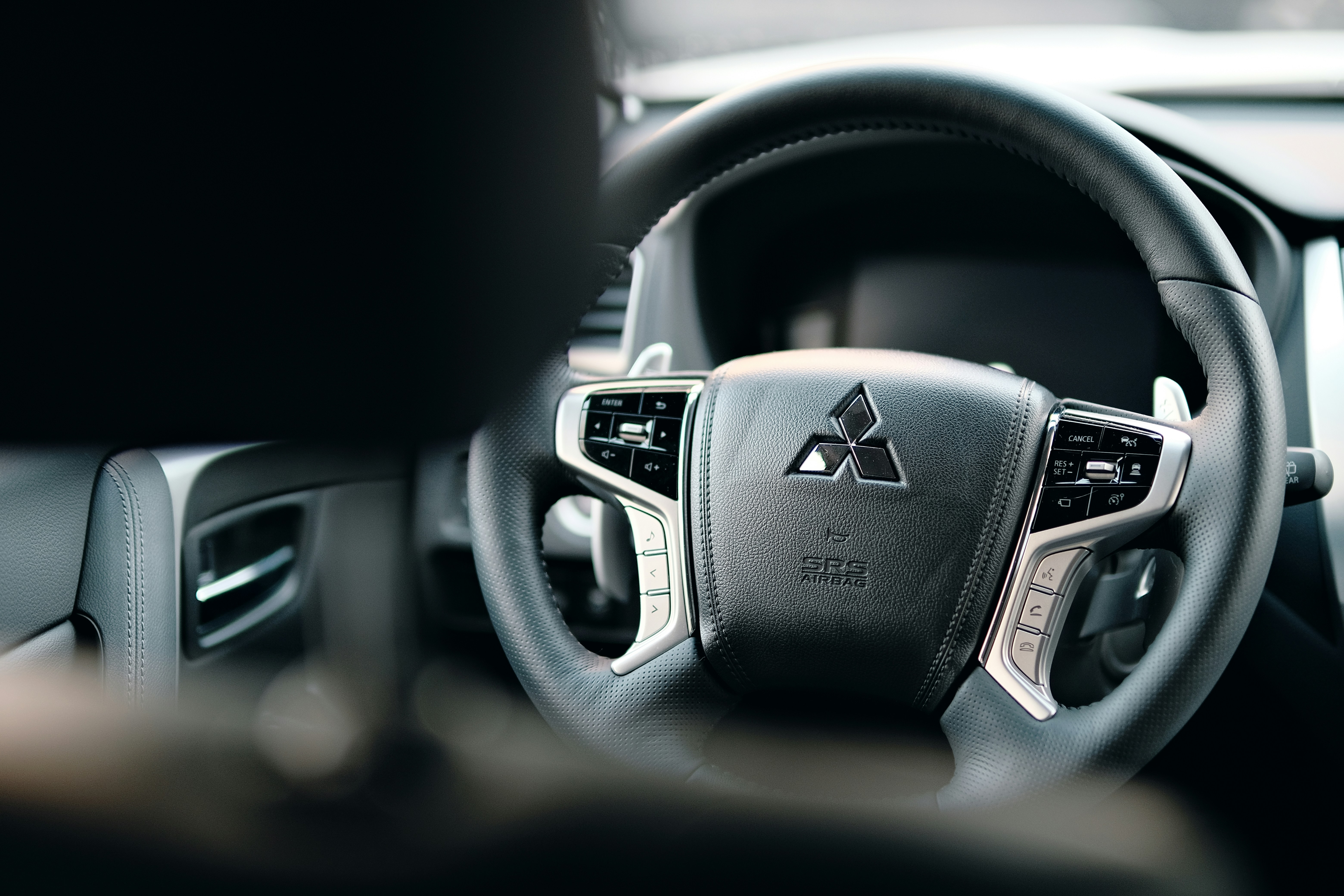Hyundai Tucson Prices: A Comprehensive Guide For US Buyers In 2025
As the automotive market continues to evolve, the Hyundai Tucson remains a favorite among SUV enthusiasts in the U.S. Known for its stylish design, advanced technology, and solid performance, the 2025 Tucson is expected to deliver even greater value. This guide explores the projected pricing, key features, and overall costs of the 2025 Hyundai Tucson in the USA, helping prospective buyers make well-informed decisions.

What are the expected Hyundai Tucson prices in 2025 USA?
The 2025 Hyundai Tucson is anticipated to offer a range of trim levels to suit various budgets and preferences. While exact pricing is not yet available, industry experts predict a slight increase from current models due to inflation and potential technological advancements. Based on market trends and historical price adjustments, the 2025 Tucson lineup may start around $29,000 for the base model and extend up to $43,000 for the top-tier trim.
How do Hyundai Tucson costs in 2025 compare to current models?
Comparing the projected 2025 Tucson prices to current models, buyers can expect a moderate increase. The 2023 Tucson starts at approximately $27,500 for the base SE trim, while the Limited Hybrid tops out around $39,000. The expected price bump for 2025 models reflects potential enhancements in safety features, infotainment systems, and powertrain efficiency. However, the overall value proposition is likely to remain strong, as Hyundai typically introduces improved technologies and features with each new generation.
What features can buyers expect in the 2025 Hyundai Tucson?
The 2025 Hyundai Tucson is expected to build upon the current model’s strengths while introducing new technologies. Anticipated features may include:
-
Advanced driver-assistance systems (ADAS) with enhanced autonomous capabilities
-
Improved hybrid and plug-in hybrid powertrains for better fuel efficiency
-
Updated infotainment system with larger touchscreens and enhanced connectivity
-
Premium interior materials and design elements across all trim levels
-
Expanded cargo space and versatile seating configurations
These features aim to keep the Tucson competitive in the crowded compact SUV segment while justifying any potential price increases.
How do 2025 Hyundai Tucson models compare in pricing and features?
The 2025 Hyundai Tucson lineup is expected to maintain its tiered structure, offering a range of models to suit different needs and budgets. Here’s a speculative breakdown of the potential trim levels and their key features:
| Trim Level | Estimated Price Range | Key Features |
|---|---|---|
| SE | $29,000 - $31,000 | Basic ADAS, 8-inch touchscreen, cloth seats |
| SEL | $31,000 - $34,000 | Upgraded ADAS, 10.25-inch touchscreen, heated seats |
| N Line | $34,000 - $37,000 | Sporty styling, 19-inch wheels, performance-tuned suspension |
| Limited | $37,000 - $40,000 | Premium audio, leather seats, panoramic sunroof |
| Hybrid | $33,000 - $39,000 | Efficient hybrid powertrain, regenerative braking |
| Plug-in Hybrid | $38,000 - $43,000 | Extended electric range, faster charging capabilities |
Prices, rates, or cost estimates mentioned in this article are based on the latest available information but may change over time. Independent research is advised before making financial decisions.
What unique features set the 2025 Tucson apart from competitors?
The 2025 Hyundai Tucson is poised to stand out in the competitive SUV market with several unique offerings. Hyundai’s commitment to innovation may introduce features like advanced augmented reality heads-up displays, eco-friendly interior materials made from recycled ocean plastics, and enhanced vehicle-to-home (V2H) capabilities for hybrid and plug-in hybrid models. These forward-thinking elements, combined with Hyundai’s industry-leading warranty, could provide significant value to buyers looking for a cutting-edge, reliable SUV.
What factors should buyers consider when evaluating 2025 Tucson costs?
When assessing the overall cost of owning a 2025 Hyundai Tucson, buyers should consider several factors beyond the initial purchase price:
-
Fuel efficiency: Hybrid and plug-in hybrid models may have higher upfront costs but could offer significant savings on fuel over time.
-
Insurance rates: Advanced safety features may lead to lower insurance premiums.
-
Maintenance costs: Hyundai’s warranty program could reduce out-of-pocket expenses for repairs.
-
Resale value: Tucson models typically hold their value well, which could impact long-term ownership costs.
-
Available incentives: Federal or state tax credits for hybrid and electric vehicles may offset initial costs.
By carefully evaluating these factors, buyers can make a more informed decision about the true cost of owning a 2025 Hyundai Tucson.
In conclusion, the 2025 Hyundai Tucson is expected to offer a compelling blend of style, technology, and value across its various trim levels. While prices are projected to increase slightly from current models, the additional features and improvements are likely to justify the cost for many buyers. As the release date approaches, potential purchasers should stay informed about official announcements and conduct thorough research to find the Tucson model that best fits their needs and budget.




